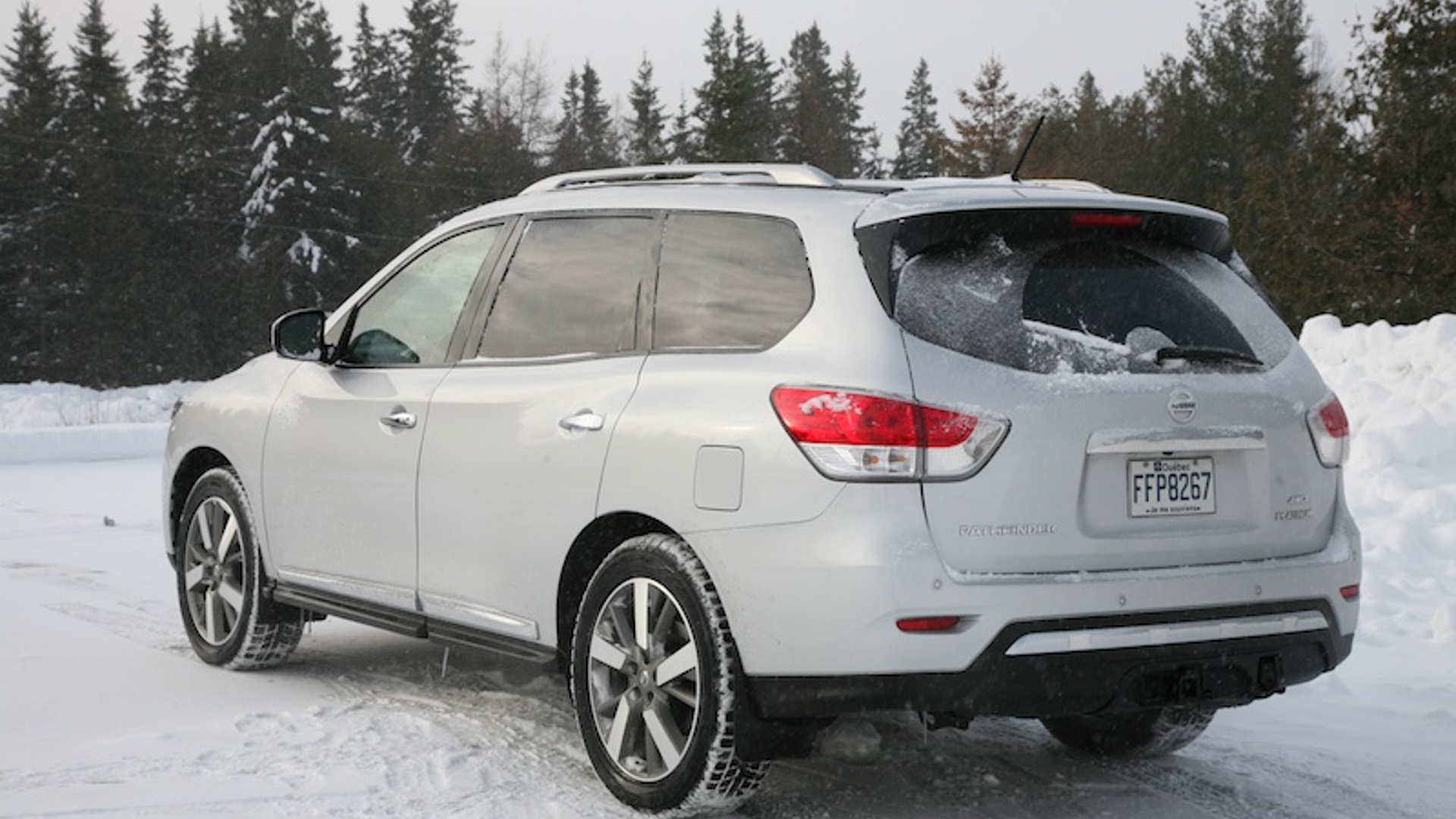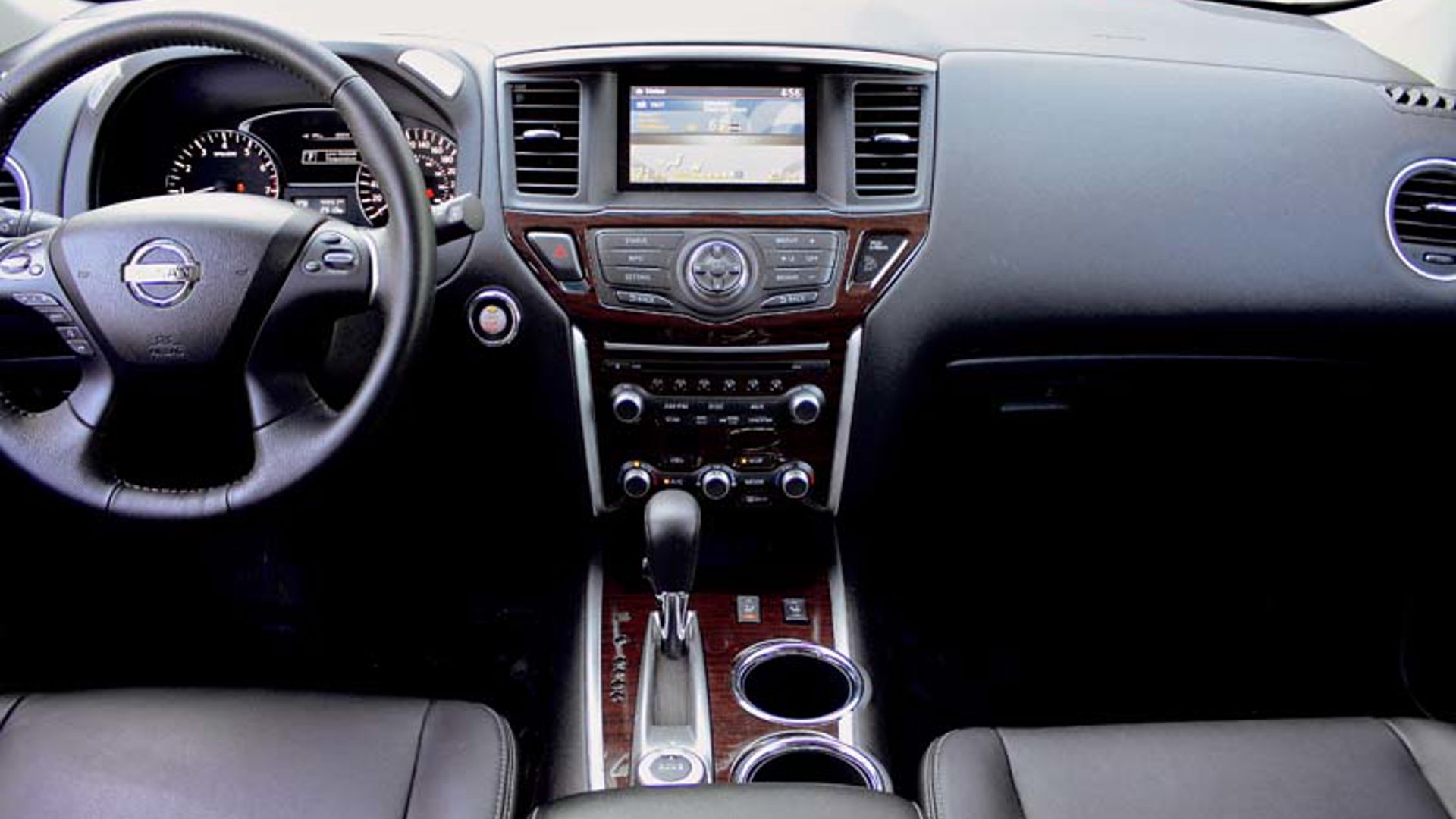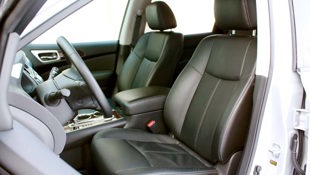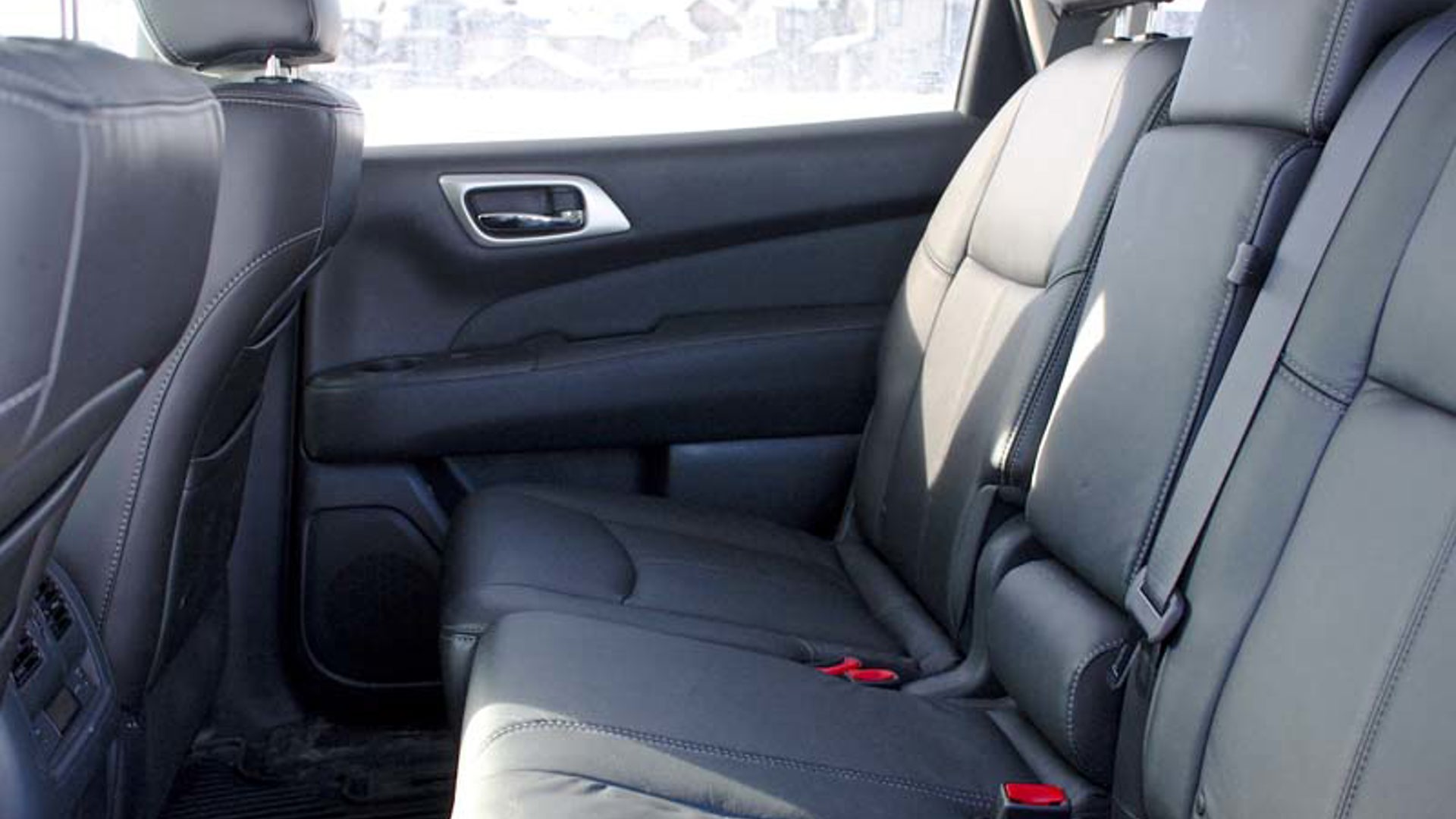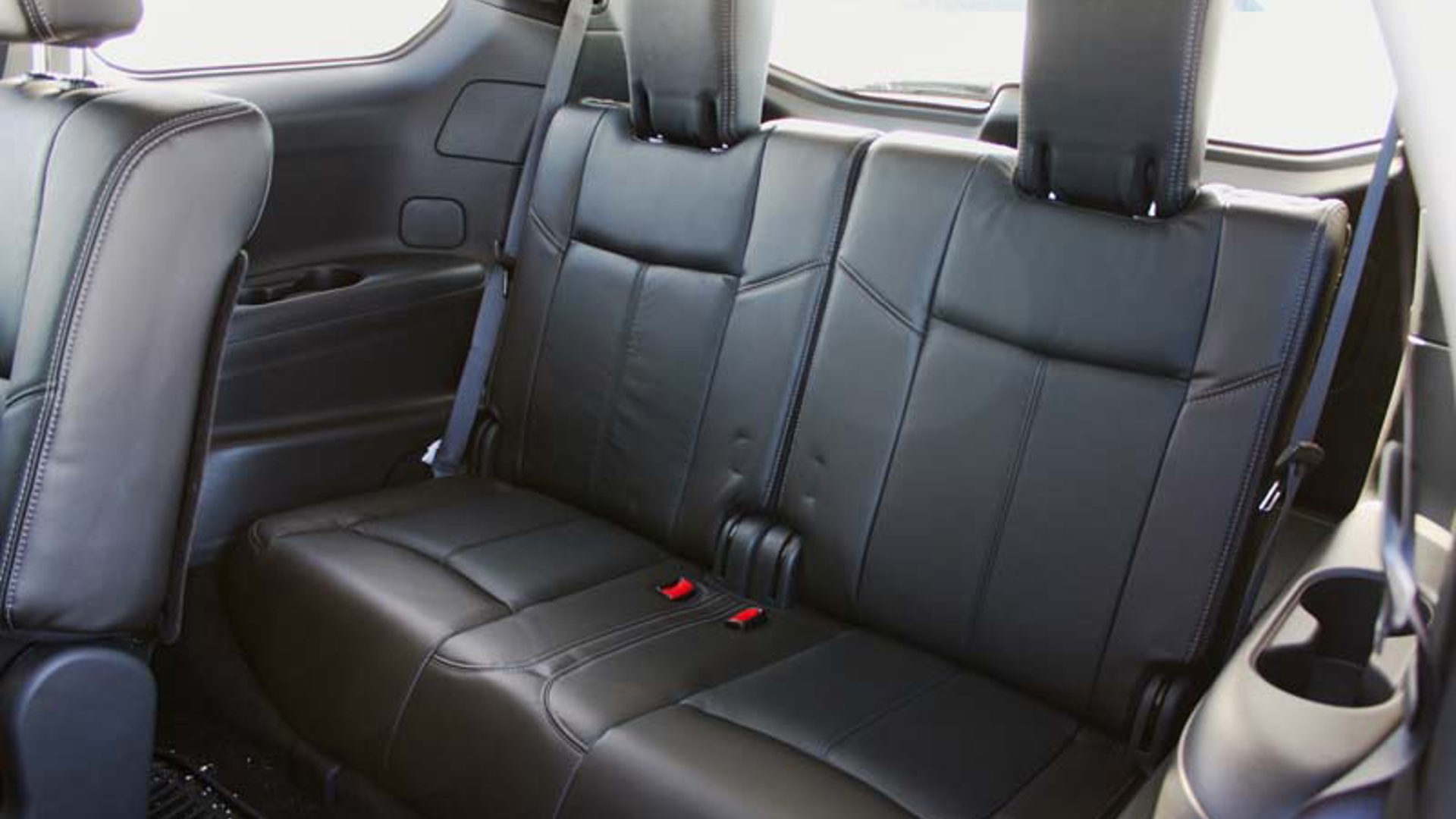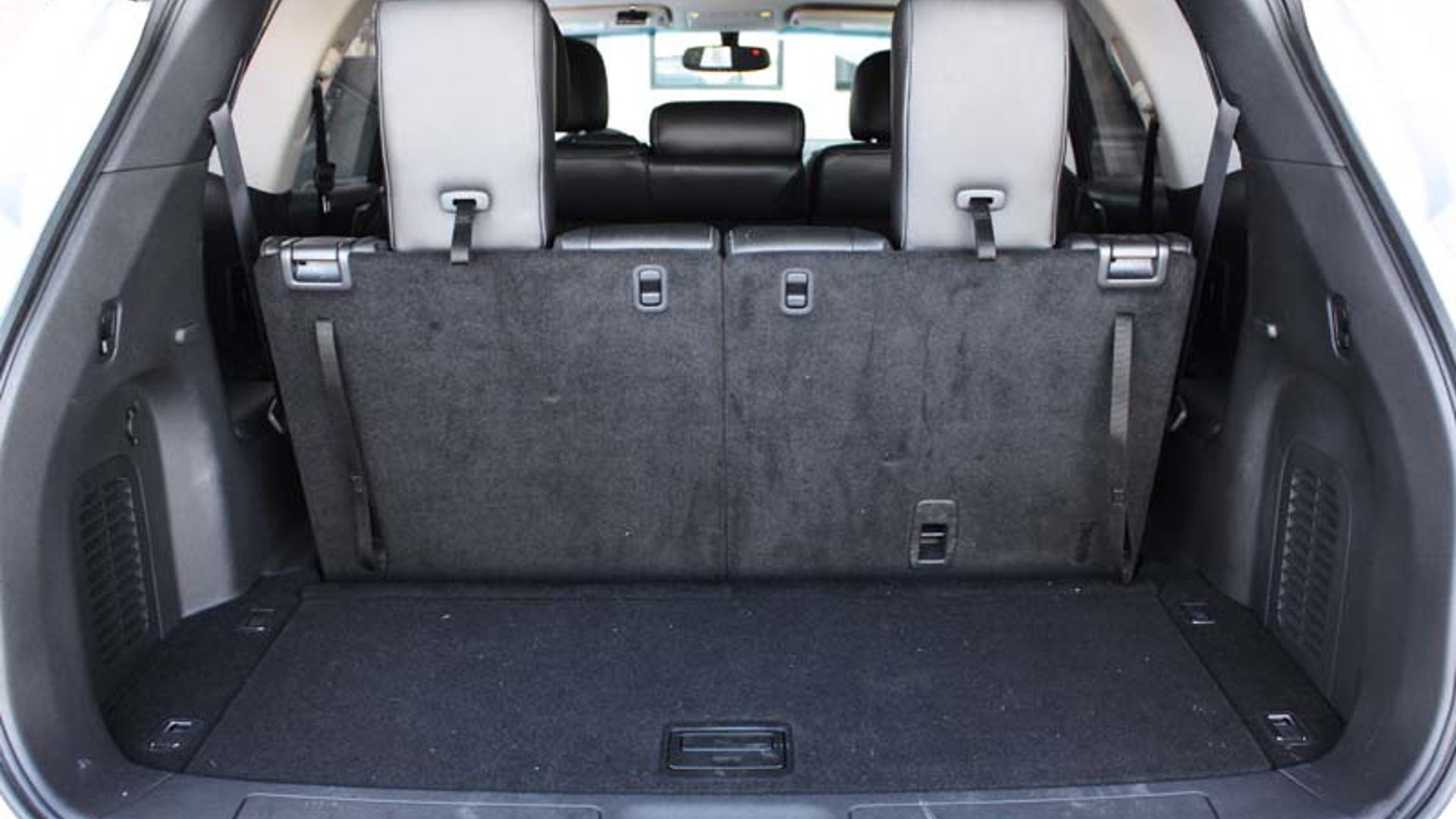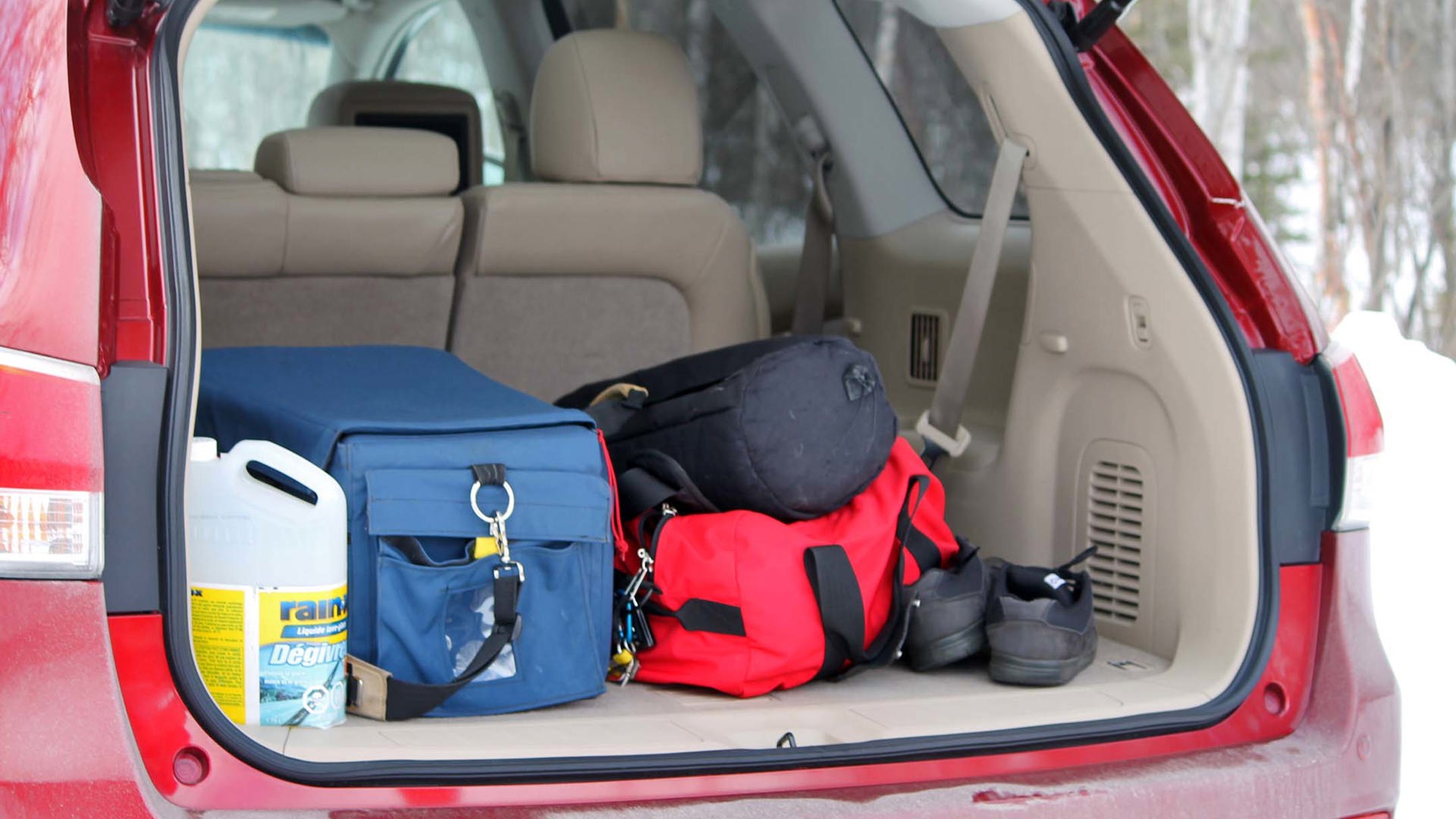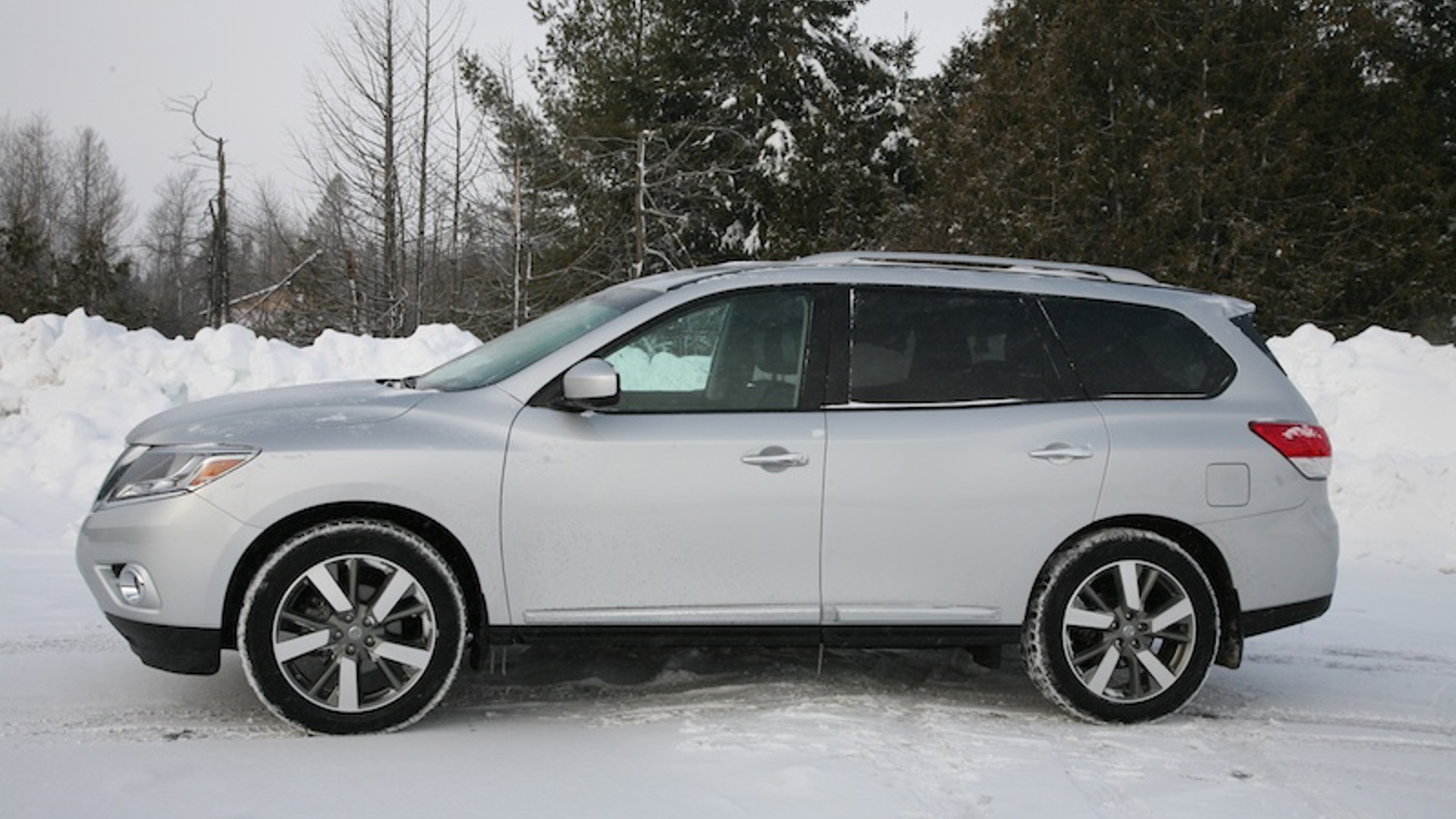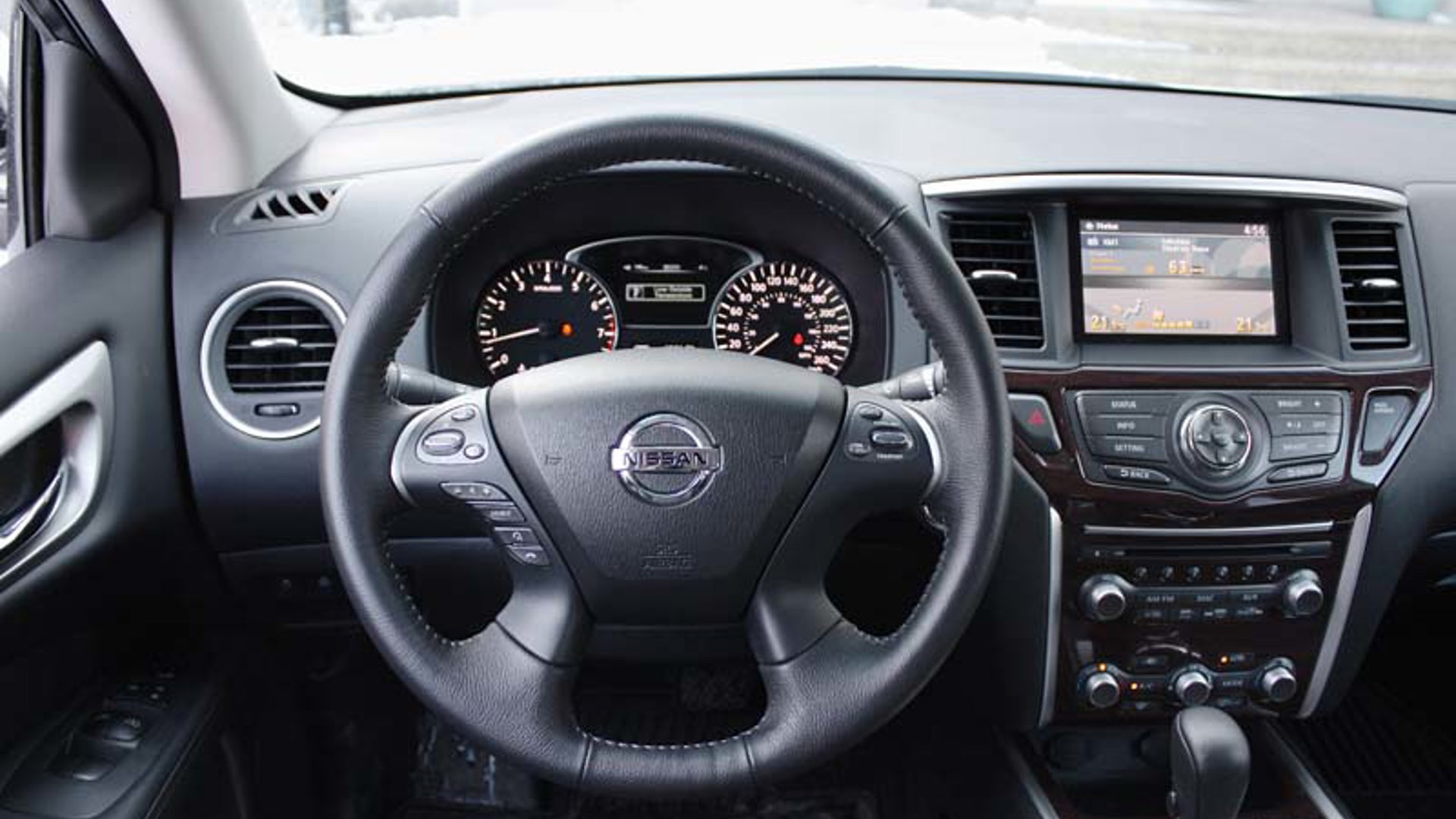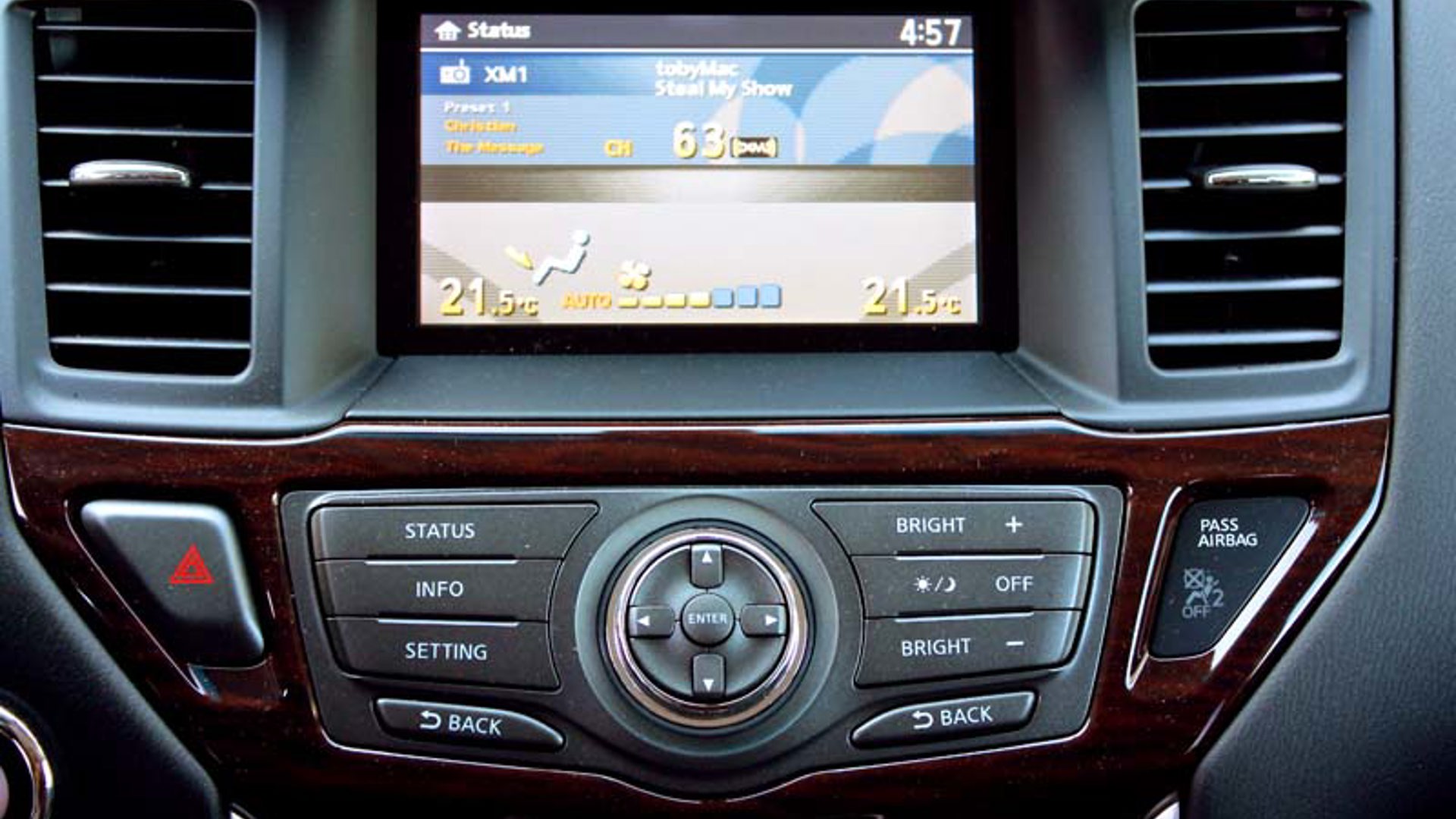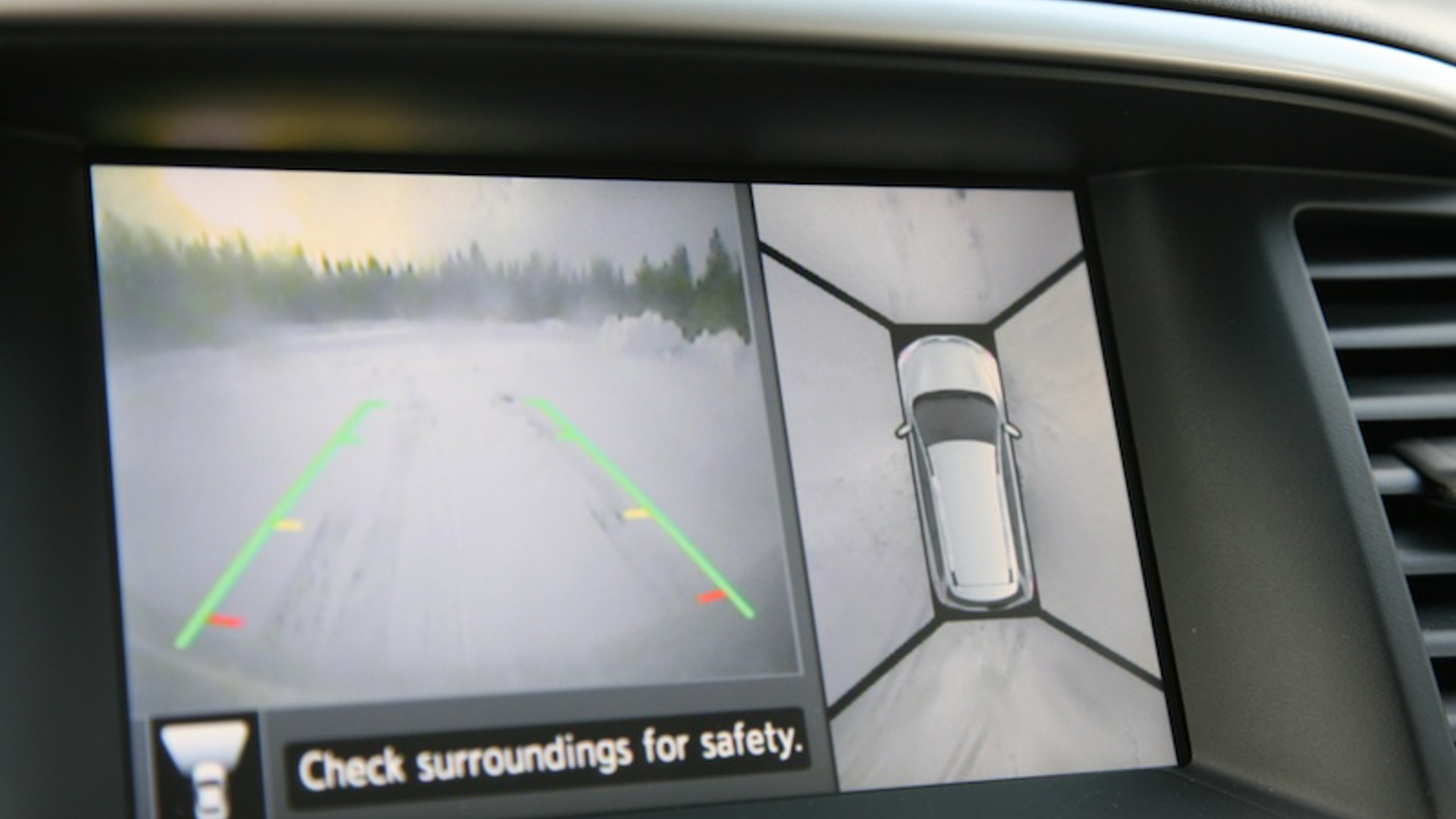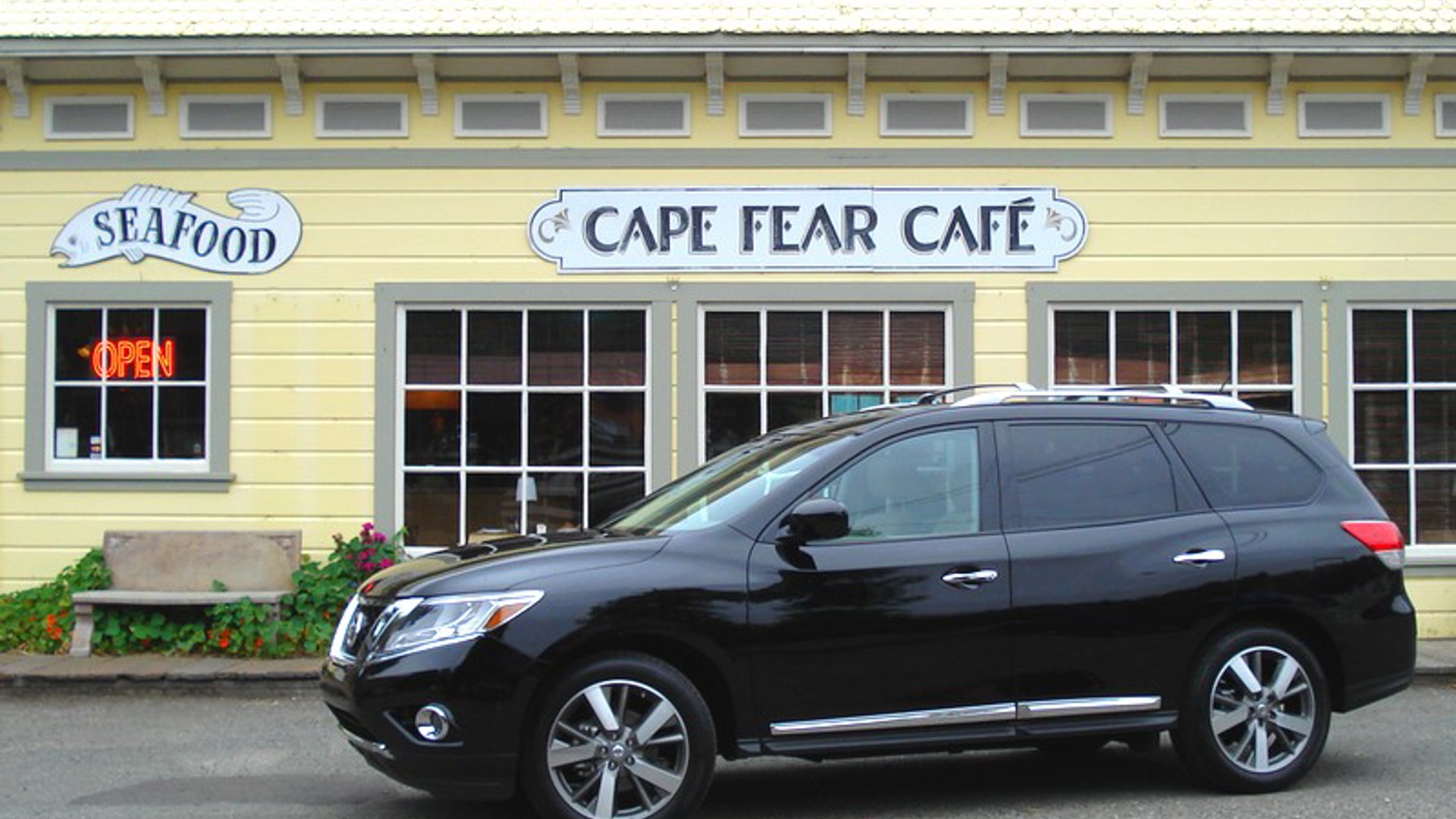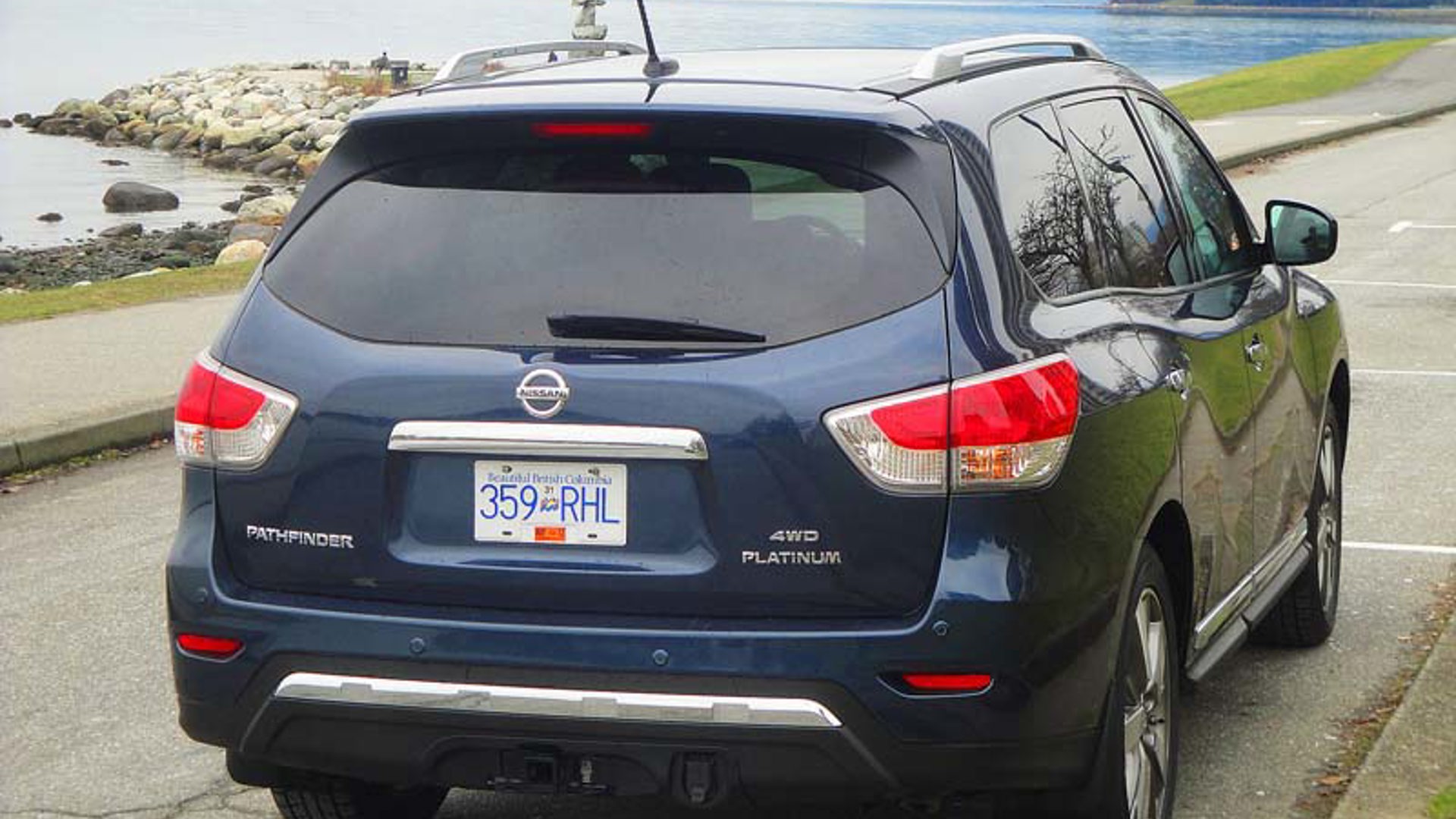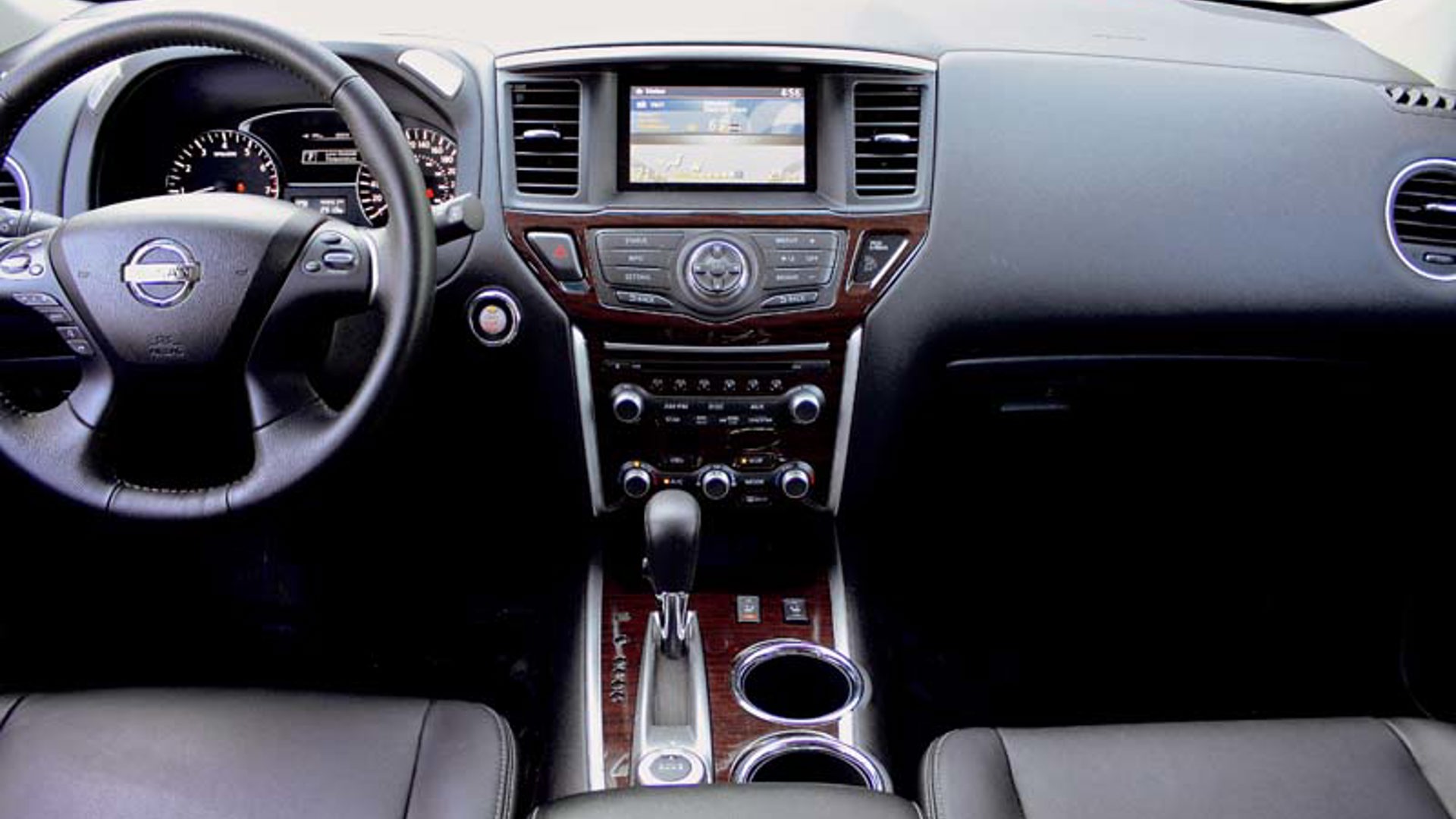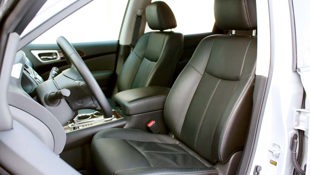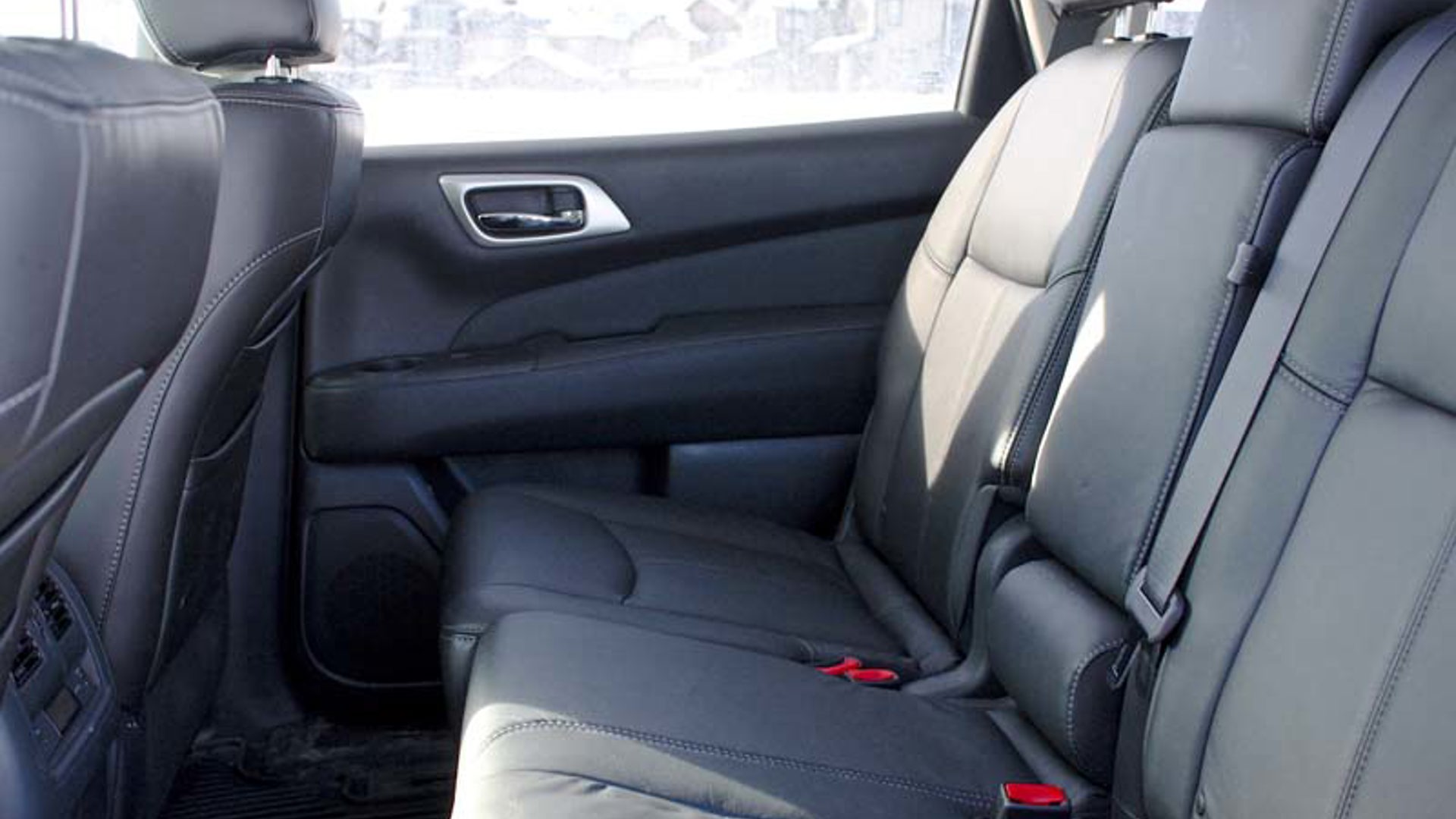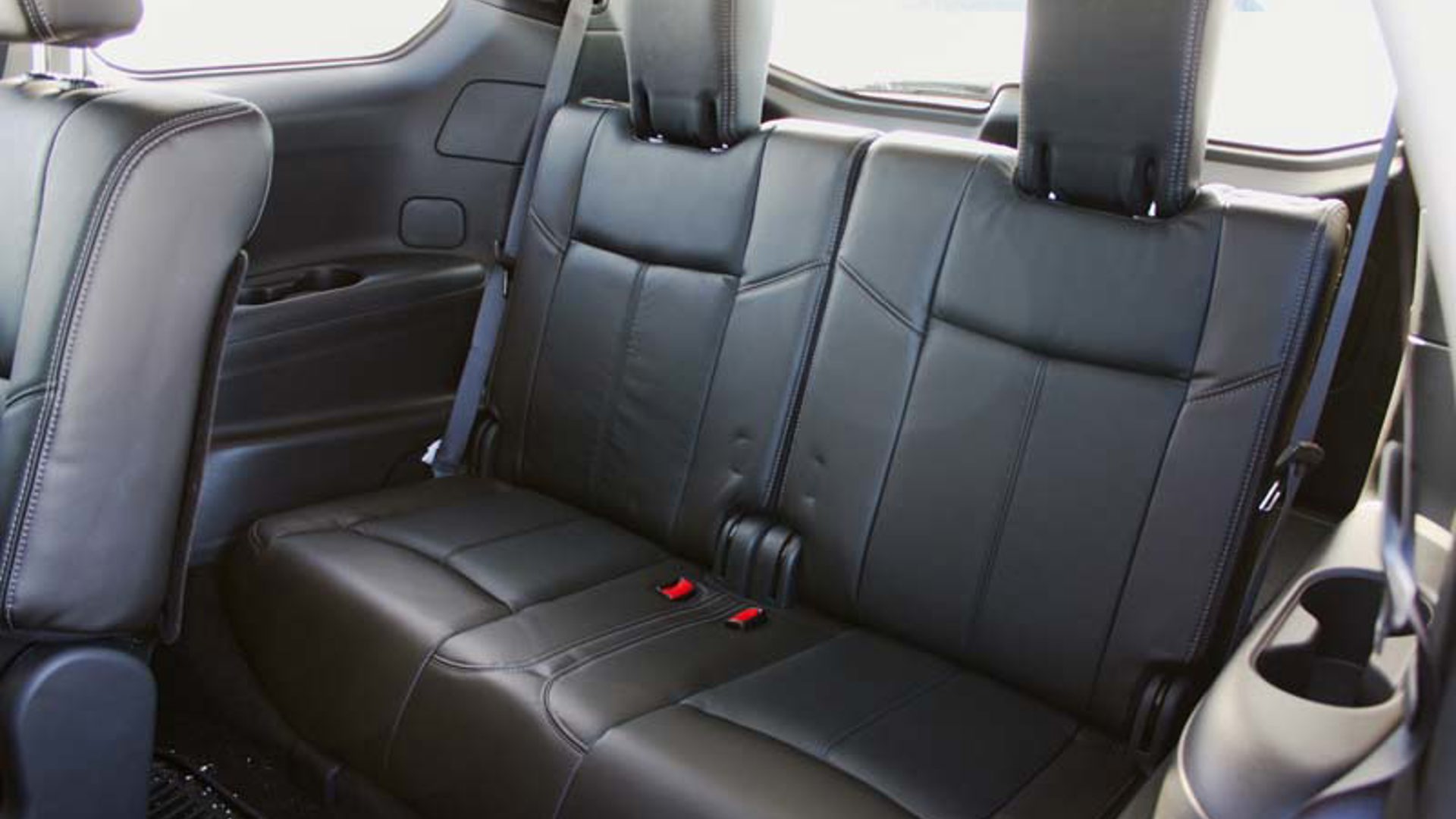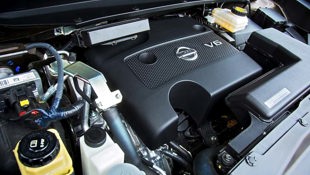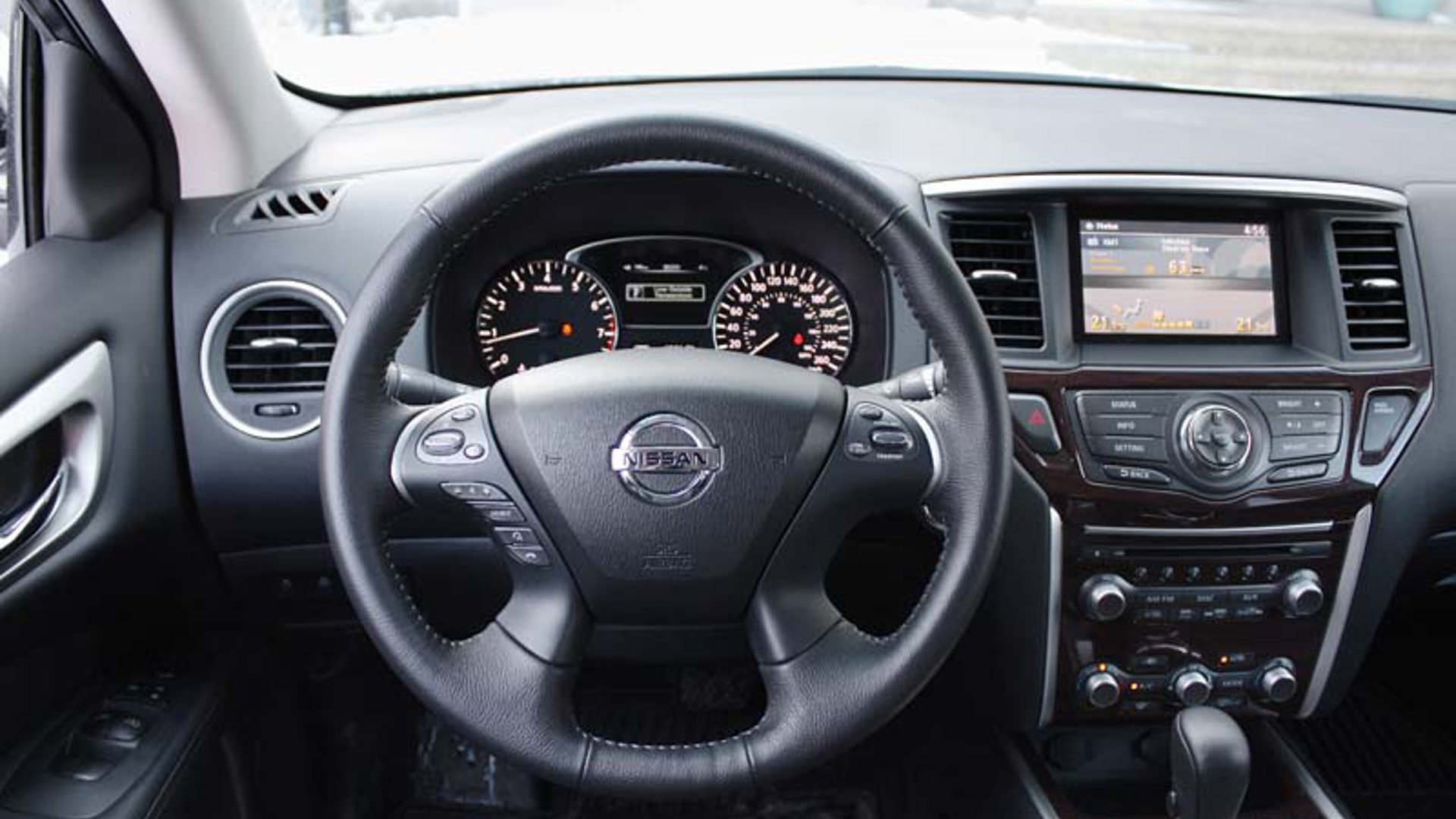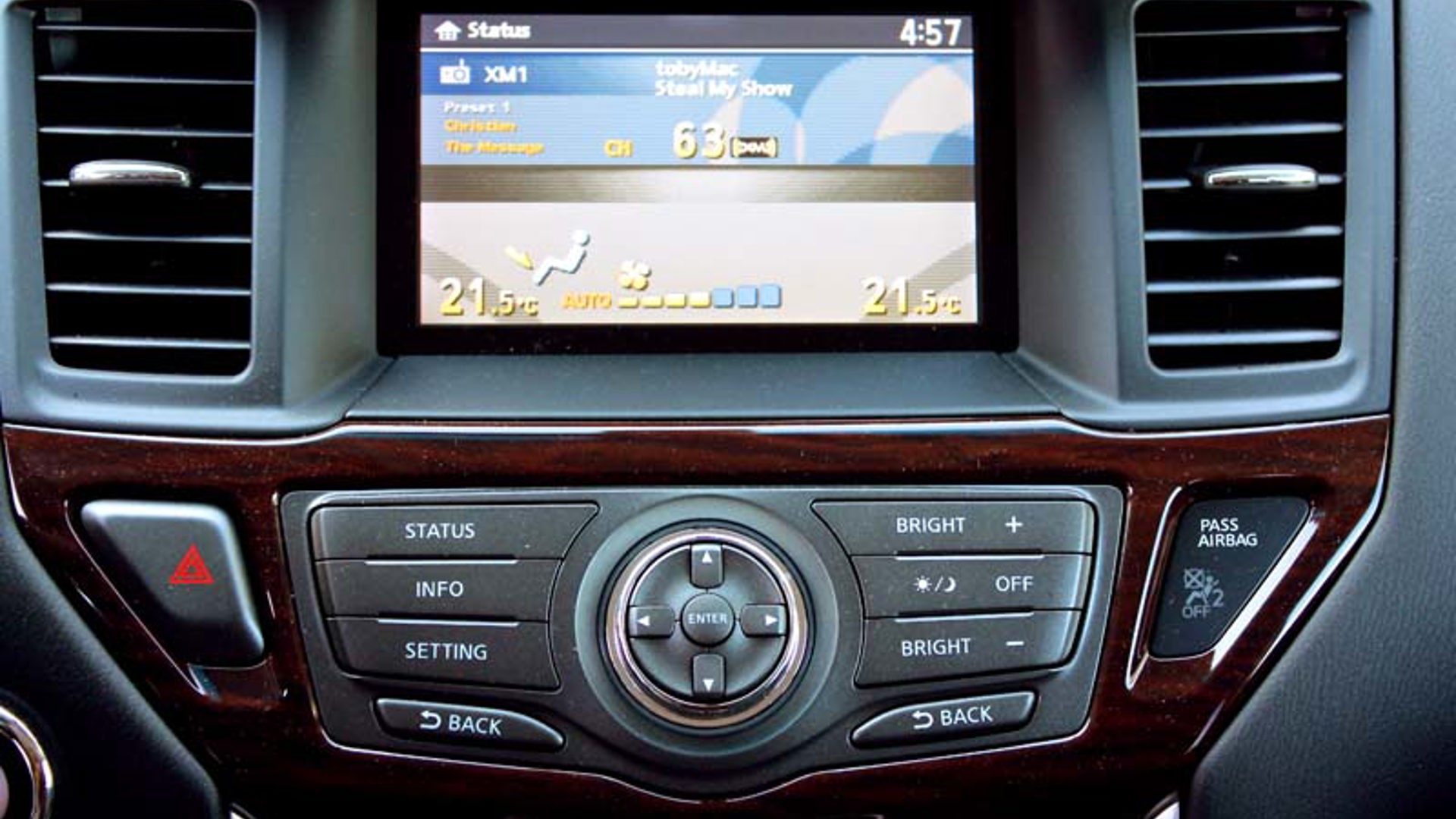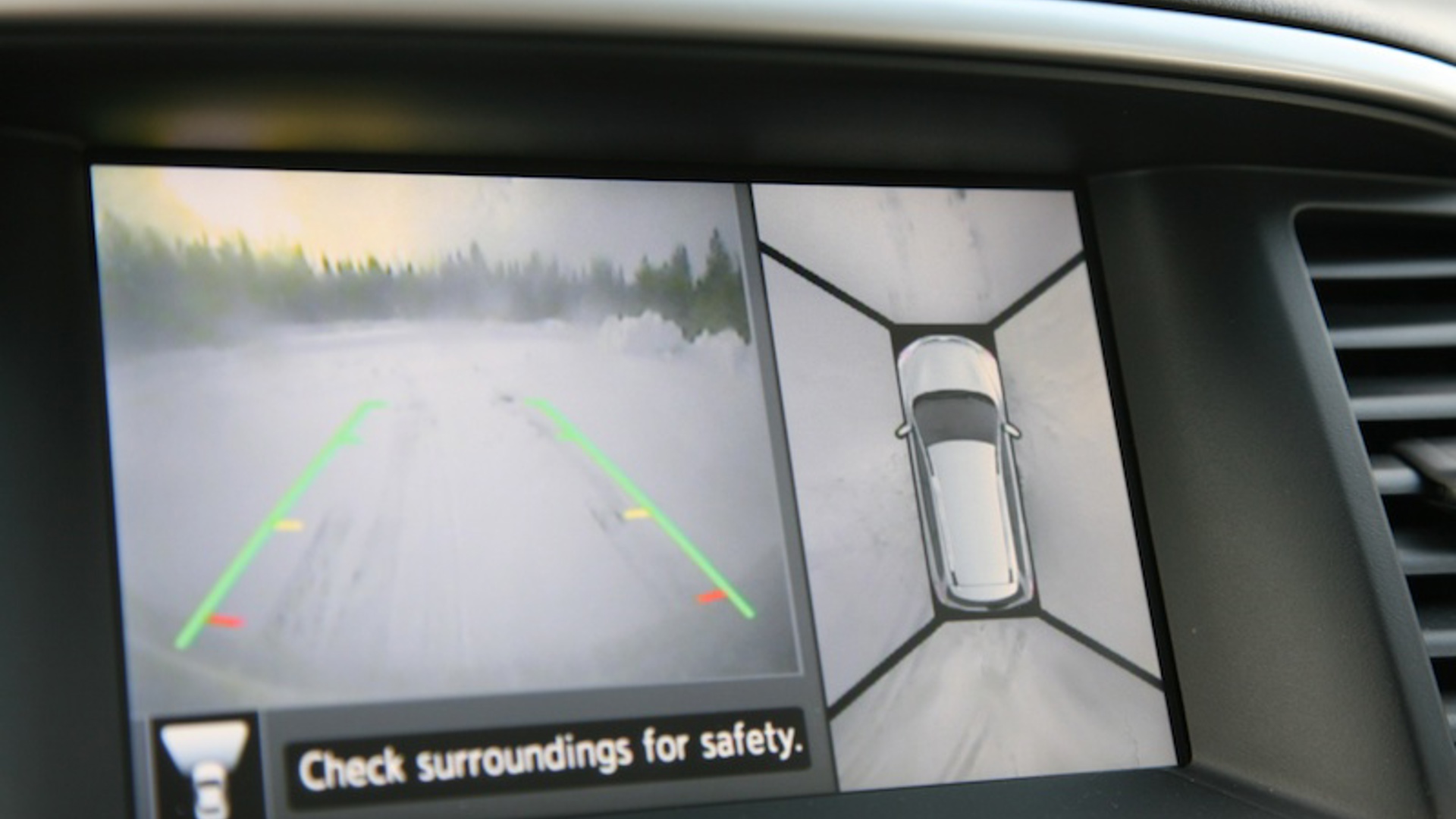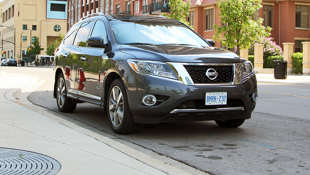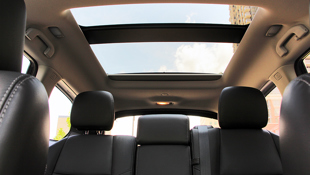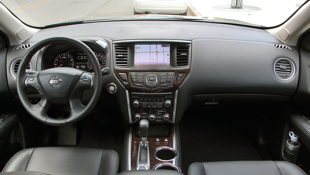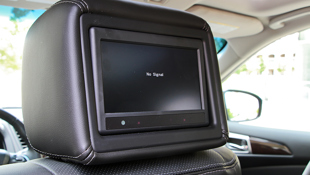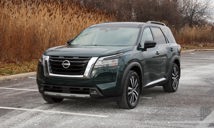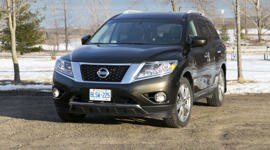Vehicle Type
Flexible enough to handle virtually any task with little second thought
Crossover SUV
History/Description
Launched in 2012 as an all-new model for 2013, the latest-generation Nissan Pathfinder made a tremendous shift into the crossover marketplace, replacing the previous body-on-frame model with a new unibody-constructed machine that offered improved interior space, efficiency, safety, handling and flexibility. This generation of Pathfinder capitalized on the model’s long history of delivering affordable capability, with a number of added features that had grown in importance to the family utility shopper. The change was a success, and the new Pathfinder saw sales of the nameplate ramp upwards.
Competing with models like the Honda Pilot, Ford Explorer and Mazda CX-9, this three-row, four-wheel-drive, six-cylinder utility model offered up a Wards 10-Best Interiors cabin, standard V6 power, a smooth and fuel-saving CVT transmission, and nothing short of the latest in Nissan safety and convenience content.
Look for premium audio, navigation, Bluetooth, clever folding seat provisions, a touchscreen central command interface, a 4x4 drive mode selector, automatic lights and climate control, and plenty more. Higher-end units got Bose audio system components, a powered tailgate, an around-view parking monitor, a heated steering wheel and more. A full range of advanced airbags and safety systems was on board, too.
Engines/Trim
The overwhelming majority of used models will boast a 3.5-litre V6, running 260 horsepower in earlier models, or 284 horsepower in units from 2014 onward. Note that 2014 and newer models also got a slight facelift and refresh, adding revised looks and feature content. All units use the Nissan XTronic CVT transmission.
Note: a hybrid model was available, briefly, though low sales volumes and limited reliability information mean we’ll focus solely on the mainstream, V6-powered models for the remainder of this feature.
What Owners Like
Owners tend to be pleasantly surprised by the Pathfinder’s good-for-its-size manoeuvrability, decent fuel consumption, powerful and responsive engine and transmission combination, seamless power delivery, slick parking system, and generous list of family-friendly features. Most owners say the cabin is roomy and flexible enough to handle virtually any task with little second thought, and many report that the ride is long-haul road-trip ready.
What Owners Dislike
Some Pathfinder owners say they wish the power tailgate was faster to open and close, and others wish for a tougher and more durable feel to the ride on rougher surfaces. Finally, though Pathfinder’s rear-row seating was generous by three-row crossover standards, larger occupants will wish for more space.
Here are some owner reviews of the 2013+ Nissan Pathfinder.
The Test Drive
As the oldest used Pathfinder from this generation on the used market is no more than five years old, shoppers should have little trouble finding a lower-mileage unit that’s still covered by factory warranty – though a few checks should be considered before purchasing any used copy, and especially if it’s an older or higher-mileage unit no longer covered by warranty.
Familiarize yourself with this thread, which outlines the complaints of numerous owners who experienced trouble with the Pathfinder’s CVT transmission. Here’s some more reading.
Here’s the sticky: for various reasons, the transmission in the Pathfinder you’re considering may exhibit trouble signs like clunking, poor performance, failure to respond to throttle inputs, strange noises, and harsh operation. The causes seem to come from several potential areas, including a potentially bad transmission valve body, and corrupted transmission control software.
Keeping in mind that the majority of used Pathfinder models do not have transmission issues, your best course of action is as follows: confirm that all software updates and revised parts available for the transmission in the unit you’re considering are up to date. Depending on the year and mileage, the unit you’re considering may have had, or may qualify for, updated parts, updated software, and even an extended transmission warranty. Talk to a service advisor at a Nissan dealership about your concerns, with the used model’s VIN number in hand.
Owners are advised to have the CVT’s transmission fluid changed not a moment later than the intervals specified under “severe service” in the owner’s manual, and to only have the servicing performed at a Nissan dealer, since the fluid change procedure, and fluid itself, is highly specific.
Elsewhere, look for signs of wonky parking sensors, possibly evidenced by a warning message in the instrument cluster. If you’re test driving in winter, the likely cause of parking sensor drama is snow and ice build-up on the sensors. If the sensors are clean and issues persist, have the system checked out by a technician. Here’s some more reading.
On your test drive, or during ownership, be aware that sluggish acceleration, or a sense of a heavily numbed or “dead” throttle pedal may be caused by a bad brake light relay, which may falsely register brake pedal application and trip the throttle cut-off system as a safety precaution in case both pedals are applied. The “brake pedal wins” logic means that simultaneous brake and throttle application kills the throttle pedal, and if the brake switch relay is bad, the computer may see a brake input, even if the brakes aren’t applied. This isn’t a hugely difficult issue to remedy. Here’s some more reading.
Work the motorized tailgate (if equipped), several times, on the course of your test-drive. Any failure to open or close fully, or any unintended reversal in direction, can likely be fixed by resetting the power tailgate system, adjusting the tailgate latch, or recalibrating the system. Just be sure that’s the case before you buy. Here’s some more information.
Have a mechanic check for a not-uncommon transfer case leak, reported by owners of certain Pathfinder units. The cause, apparently, is a bad seal, which will need to be replaced if fluid leakage is detected. In any case, be sure to observe and follow the fluid-change intervals for this important driveline component, ensuring that fluid changes are, and remain, up to date for maximum durability.
Confirm that the Pathfinder’s climate control system pipes hot air into the cabin when the heat is cranked up. Though this is a somewhat evasive problem that isn’t overly common, some owners have reported poor heating system performance, which could be caused by a bad damper within the climate control distribution system, a bad thermostat, or a clogged cabin air filter.
Try all of the power windows, several times, over the course of your test drive, confirming that each works consistently, quickly, and fully in both directions. Issues with proper window operation, including slow or partial opening or closing, or a sense that one or more windows is stuck or jammed, may be remedied with a little lubrication to certain components – though in severe cases, new parts may be required. This issue seems to be more likely in wintertime, at colder temperatures.
Some owners have reported premature failure of the Pathfinder’s radiator fans, which can be pricey to replace. Confirm that these work with the help of a mechanic, and that they’re not making any unwelcome noises when engaged. Apparently, a bad bearing in the electric motors may cause electric fan failure, and owners say that the motors can’t be replaced separately. If the Pathfinder you’re considering needs new radiator fans, you’ll need to buy the entire assembly, and it’s not cheap.
Translation? Be sure the radiator fans are working properly, and not exhibiting any troubling sounds, before you agree to purchase.
Finally, be on the lookout for signs of a popping or clunking noise from underneath your feet, possibly felt through the floor of the vehicle in certain situations. Only a handful of owners have reported this, though causes range from transmission problems to a loose trim panel on the vehicle underside, to a bad axle or driveshaft. If you detect any unwanted sounds or sensations from beneath the Pathfinder on your test drive, be sure to have it inspected. Here’s some more reading.
The Verdict
Most of Pathfinders owner-reported problems are, to date, not common enough to cause concern, and the majority should be easily detected on a comprehensive and careful test drive. Pay special attention to the transmission’s operation, and check with a service advisor to see if any repairs, updates or extended warranties are in play. If a simple pre-purchase inspection comes back with a thumbs-up, this one should prove a fairly confident, comfortable and flexible family hauler – though older units with higher miles may be a good candidate for any available extended warranty coverage.
Here’s a considerable list of recalls.
Crash Test Ratings
IIHS: results here
NHTSA: 4/5 stars


